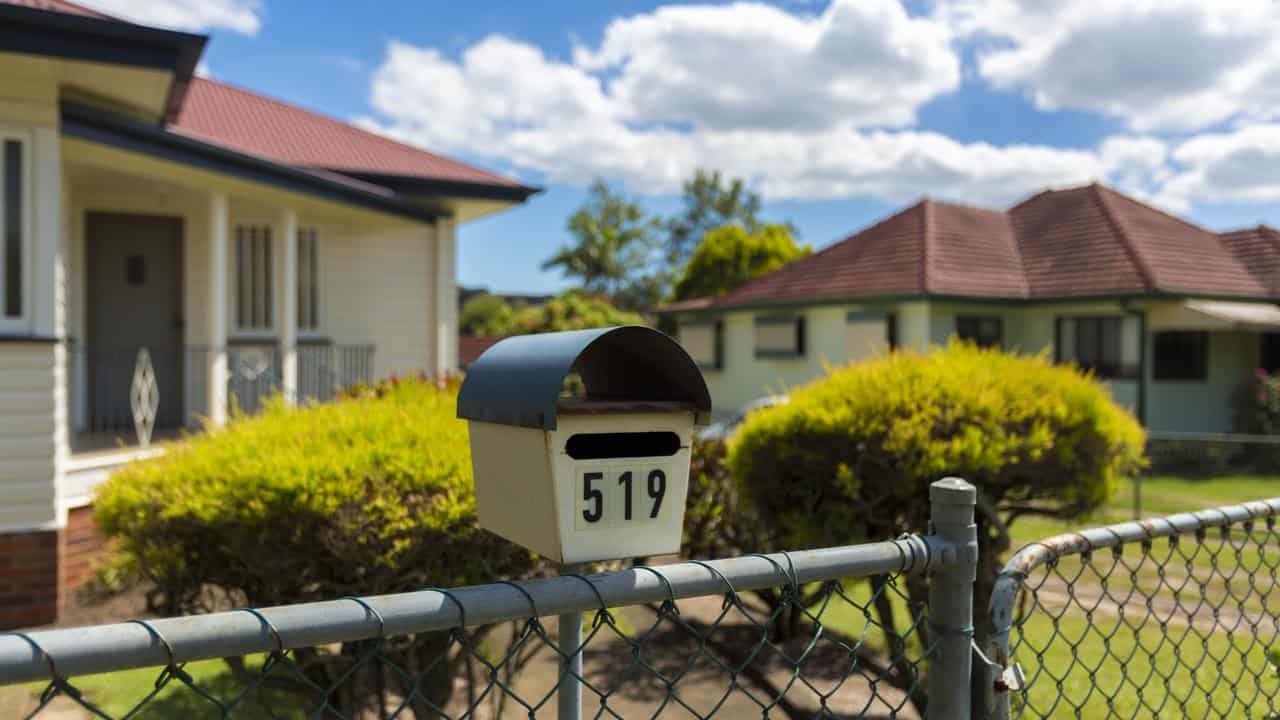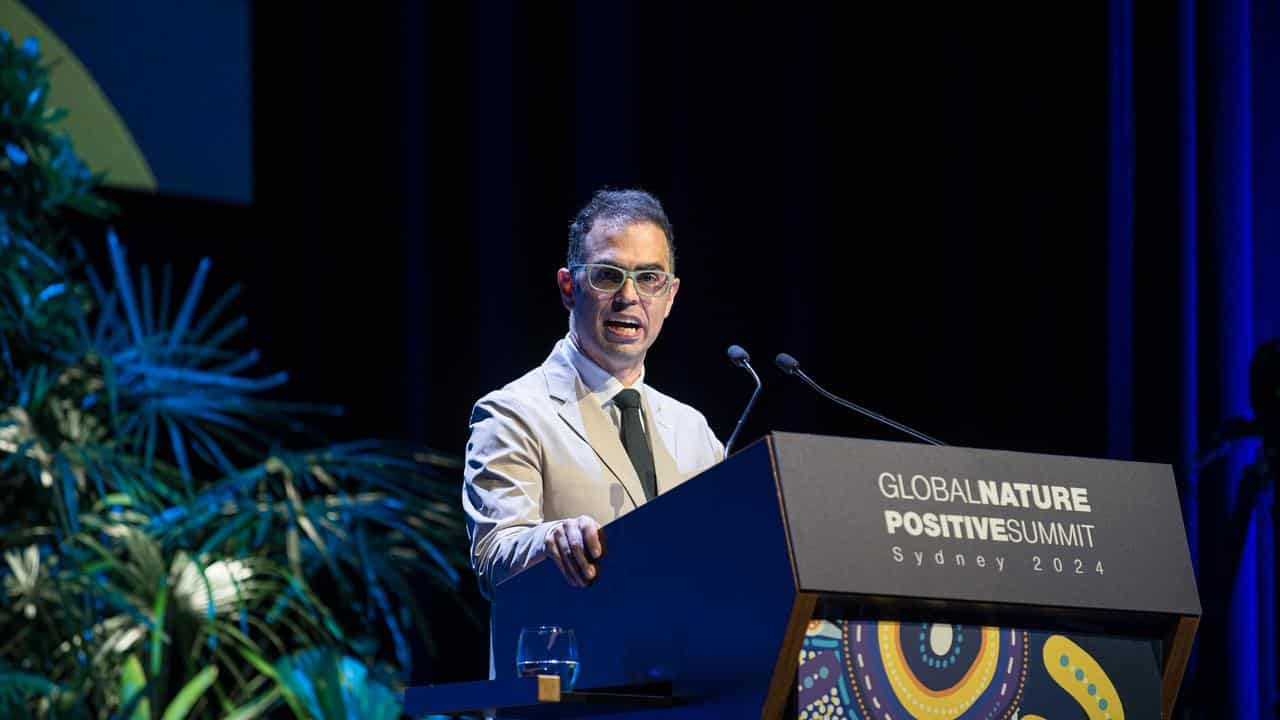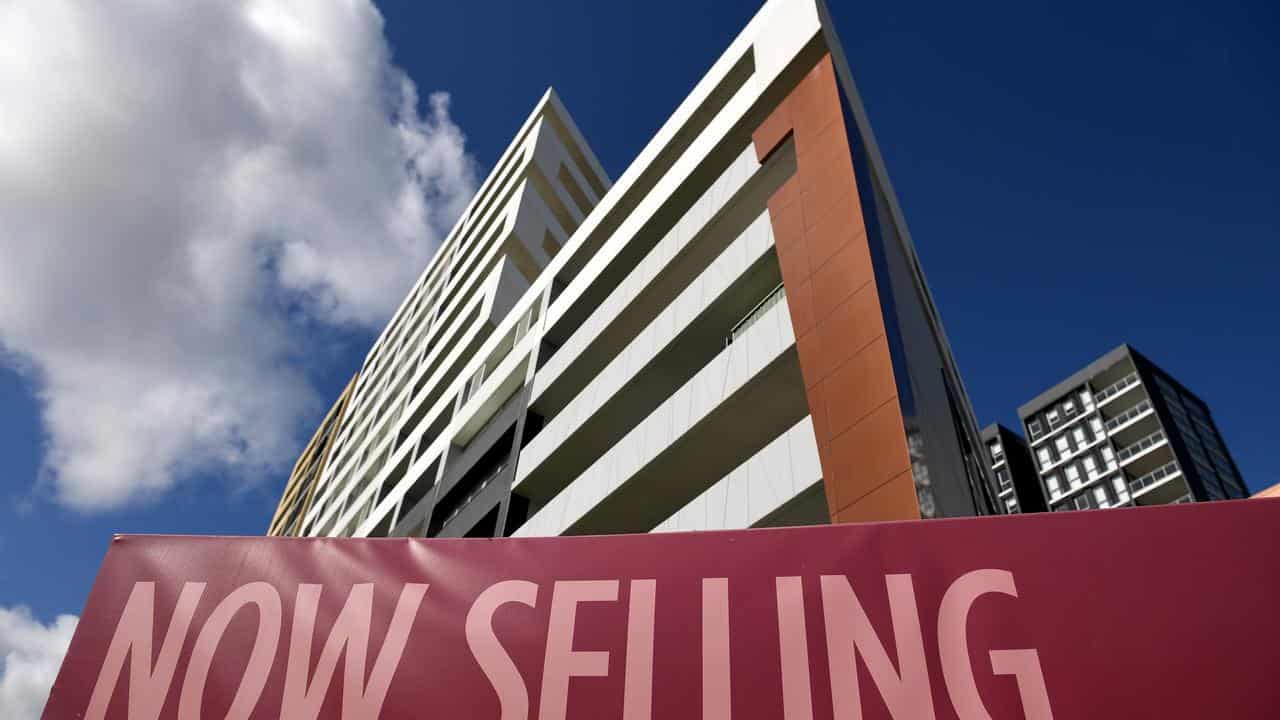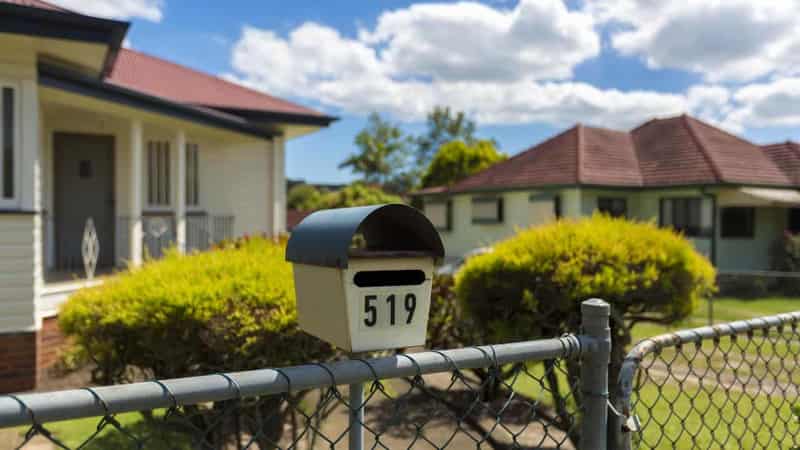
Federal leaders should be vying to fix the nation's housing crisis with the offer of "real money" as voters prepare to go to the polls, according to the treasurer of Australia’s most populous state.
NSW Treasurer Daniel Mookhey called for a "race to the top" for commonwealth funding for infrastructure that would enable the construction of more homes.
“I would encourage the federal opposition leader and the prime minister to get into competition with each other around who can offer us the most money," he told the Urban Development Institute of Australia's NSW state conference on Wednesday.

Mr Mookhey referred to Opposition Leader Peter Dutton’s recent announcement of a $5 billion plan to fund water, power and sewerage infrastructure, adding that states needed commonwealth support.
“It can’t be mirage money, it’s got to be real money ... and if we can get it earlier in the investment cycle, we can roll out housing a lot faster,” he said.
Despite being the nation’s most expensive property market and second least affordable globally, Sydney is one of the least dense cities in the world, Mr Mookhey said.
But it cost more to build on metropolitan fringes with no infrastructure than in already developed areas, he added.
Councils have also called for more funding for infrastructure from the state government to enable housing and support Labor's plan for high-rise apartments near train stations.
But developers worry about project feasibility as NSW targets 377,000 new dwellings over the next five years, its share of a nationally agreed target of 1.2 million extra homes.
The housing market faced divisions based on who could buy a property, as well as where and what kind, property data provider CoreLogic’s head of residential research Eliza Owen said.
The lower end of the market was growing fastest and houses were surging ahead of units for the capital gains people sought when buying property, whether as an investment or to live in.
Even a cyclical slowdown in the market was unlikely to improve affordability, Ms Owen said.
Median dwelling prices were about 10 times incomes, mortgage repayments took up about 45 per cent of wages and saving for a deposit typically required more than a decade.
“The metrics are just ridiculous,” Ms Owen said.

Commonwealth Bank’s outgoing chief economist Stephen Halmarick said the burden of a post-pandemic economic adjustment was not being evenly felt and those aged under 55, who were less likely to own a home outright, were bearing the brunt.
“If you’ve got a mortgage it’s tough, if you’re renting it’s incredibly tough,” he said.
People were churning through their savings and things would get tougher if interest rates did not fall before accounts dried up, Mr Halmarick added.
The Australian Council of Trade Unions called for the Reserve Bank to begin cutting rates before Christmas after inflation fell to its lowest level in more than three years on Wednesday.









